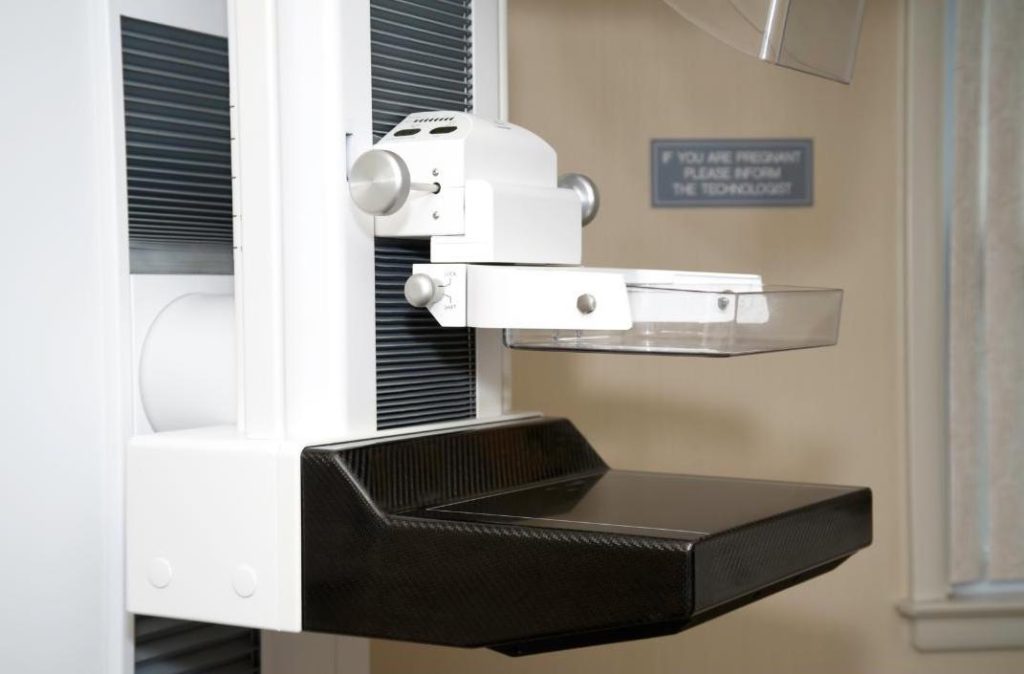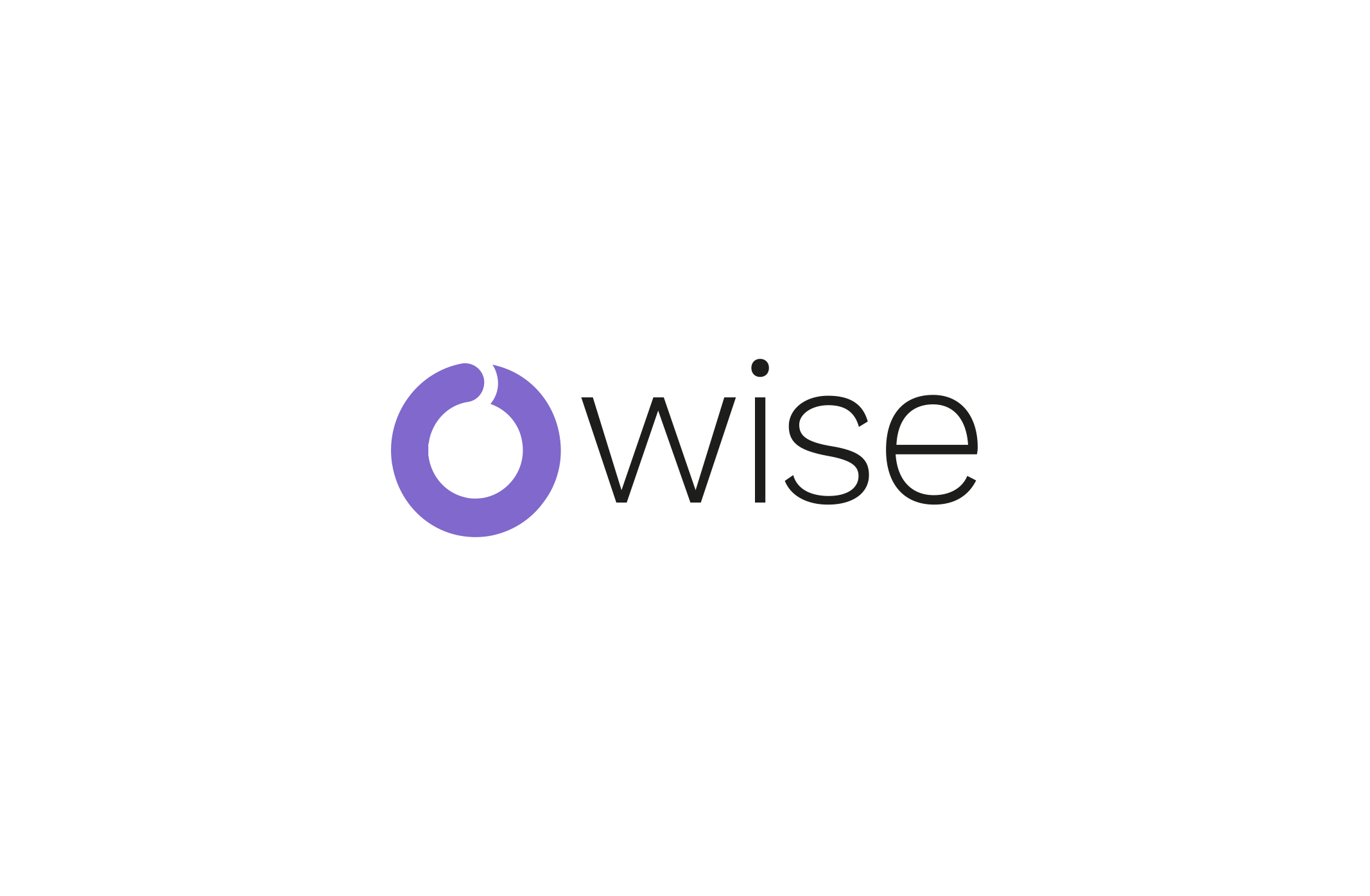 LGBTQIA+ represents individuals who identify as lesbian, gay, bisexual, transgender, queer, questioning, intersex, asexual and any other identities that have not yet been recognised. According to survey results from 2021, the distribution of sexual and gender identifies among adults are1:
LGBTQIA+ represents individuals who identify as lesbian, gay, bisexual, transgender, queer, questioning, intersex, asexual and any other identities that have not yet been recognised. According to survey results from 2021, the distribution of sexual and gender identifies among adults are1:
- Transgender or gender-nonconforming (non-binary): 1%
- Lesbian or gay: 3%
- Bisexual: 4%
- Asexual, pansexual or omnisexual: 1%
- Other: 1%
Individuals that identify as LGBTQIA+ are faced with unique challenges when it comes to cancer, such as increased risk, heteronormative biases in a medical setting and poorer health outcomes.
Breast Cancer risk in the LGBTQIA+ population
There is an increased risk of developing breast cancer and in the LGBTQIA+ population that can be attributed to several factors including:
- Use of hormone therapy – increases the risk in transgender women or non-binary individuals that were born male compared to cisgender men2
- Behavioural risk factors – smoking, alcohol consumption, excess body weight1
- Barriers to healthcare – lack of trust in healthcare professionals, negative past experiences, heteronormative biases, lack of education in healthcare professionals1
- Reproductive factors – reduced pregnancy rates3
Breast screening in the LGBTQIA+ population
Studies also suggest that LGBTQIA+ patients often have worse cancer outcomes as cancer is not detected as early as in non-LGBTQIA+ individuals, a key reason for this is low screening rates1. Attending breast screening appointments is important to ensure cancer is detected when it is early and more treatable. However, results from a survey revealed significant gaps in awareness and communication regarding breast cancer screening in LGBTQIA+ individuals4:
- Awareness – 40% were not aware of the screening tests recommended for them before their diagnosis
- Healthcare communication – 35% stated their healthcare provider did not discuss screening with them
Research suggests that patients with healthcare providers that already knew their sexual orientation were more likely to be encouraged by their providers to be screened, compared to those whose providers were unaware5. This highlights the importance of open communication and informed healthcare providers in improving cancer screening rates and outcomes for the LGBTQIA+ community.

LGBTQIA+ breast screening recommendations (UK)
In the UK anyone that is registered as a female with the GP and are between ages 50-71 will be invited for breast screening every 3 years.
Invited to screening6:
- Transgender women or non-binary people that were born male that are registered as female with the GP
- Transgender men or non-binary people that were born female that are registered as female with the GP
Currently not invited to screening (can be requested)5:
- Transgender women or non-binary people that were born male that are registered as male with the GP
- Transgender men or non-binary people that were born female that are registered as male with the GP
LGBTQIA+ breast screening recommendations (US)
In the US the American College of Radiology (ACR) recommend screening for7:
Transgender women or non-binary people (born male):
- Over 40 with past or current use hormone therapy of over 5 years
- Age 25-30 with past/current hormone use over 5 years if higher than average risk
- No use of hormone therapy for those with higher-than-average risk
Transgender men or non-binary people (born female):
- Over 40 that have not had top surgery
- Over 30 if intermediate risk
- Age 25-30 if high risk
- Screening is not recommended if they have had top surgery
Other organisations have released different guidelines, it is important to discuss with your doctor about your specific situation to know what is right for you.
How to prepare for breast screening as an LGBTQIA+ individual
Breast screening tests people with no symptoms for breast cancer to identify it early when it is more treatable. It involves having a mammogram, which flattens the breasts between two plastic plates and takes X-ray images.
Here are some important considerations for specific situations:
- Breast implants – If you have breast implants you may be offered additional X-rays to ensure as much of the breast tissue as possible is captured
- Transgender individuals – If you were born female and have not had top surgery and wear a binder you need to remove this before the mammogram, there will be private changing facilities available
If you are worried about your appointment, you can get in touch with your local breast screening service for advice.
At OWise, we want to make sure you are kept informed so make sure to follow our Instagram and Facebook for any updates. Any questions? Get in touch!
Useful links
Have a look at these links for more information and support:
- https://www.macmillan.org.uk/support-for-lgbtq-affected-by-cancer
- https://www.lbbc.org/lgbtq-plus
- https://coppafeel.org/breast-cancer-info-and-advice/what-is-breast-cancer/resources-for-trans-and-non-binary-people/
- https://www.cancer.net/coping-with-cancer/finding-social-support-and-information/resources-lgbtq-people-with-cancer
References
- Zazzera SK, Poole C, Marignol L. Investigating the Needs and Concerns of Lesbian, Gay, Bisexual, Transgender, Queer, or Questioning Cancer Patients. Journal of Homosexuality. 2024 Feb 29 [accessed 2024 Apr 17]:1–29. https://pubmed.ncbi.nlm.nih.gov/38421298/. doi:https://doi.org/10.1080/00918369.2024.2321240
- Blok CJM de, Wiepjes CM, Nota NM, Engelen K van, Adank MA, Dreijerink KMA, Barbé E, Konings IRHM, Heijer M den. Breast cancer risk in transgender people receiving hormone treatment: nationwide cohort study in the Netherlands. BMJ. 2019;365. https://www.bmj.com/content/365/bmj.l1652. doi:https://doi.org/10.1136/bmj.l1652
- Tamargo CL, Quinn GP, Sanchez JA, Schabath MB. Cancer and the LGBTQ Population: Quantitative and Qualitative Results from an Oncology Providers’ Survey on Knowledge, Attitudes, and Practice Behaviors. Journal of Clinical Medicine. 2017;6(10):93. doi:https://doi.org/10.3390/jcm6100093
- American Cancer Society. https://www.cancer.org/content/dam/cancer-org/cancer-control/en/booklets-flyers/lgbtq-people-with-cancer-fact-sheet.pdf. American Cancer Society. 2024. https://www.cancer.org/content/dam/cancer-org/cancer-control/en/booklets-flyers/lgbtq-people-with-cancer-fact-sheet.pdf
- Solazzo AL, Tabaac AR, Agénor M, Austin SB, Charlton BM. Sexual orientation inequalities during provider-patient interactions in provider encouragement of sexual and reproductive health care. Preventive Medicine. 2019;126:105787. doi:https://doi.org/10.1016/j.ypmed.2019.105787
- GOV.UK. NHS population screening: information for trans and non-binary people. GOV.UK. 2023 Jan 4. https://www.gov.uk/government/publications/nhs-population-screening-information-for-transgender-people/nhs-population-screening-information-for-trans-people
- American College of Radiology. ACR Appropriateness Criteria® Transgender Breast Cancer Screening. ACR. 2021. https://acsearch.acr.org/docs/3155692/Narrative/
